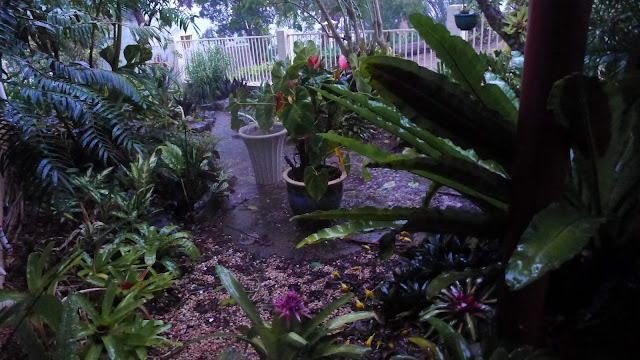Built in 2005, the Picture Book Museum gave the preschoolers of Iwaki, Fukushima, a space to call their own. Turned off by the shhh-ing atmosphere of traditional libraries, the Picture Book Library's founder gave architect Tadao Ando free rein to create a space that would be inviting for children. His only order was to make sure the covers of the books were visible. The glass-walled and vibrant end result was celebrated as a new paradigm in educational spaces in Japan, and as an architectural masterpiece.
Nothing remains of the original Library of Alexandria -- the biggest and most prominent library of the ancient world -- and nobody knows for sure exactly when and how it was destroyed. But nearly 2,000 years later in 2002, the new Bibliotheca Alexandrina opened as an homage to the original.
Royal Grammar School Chained Library - Guildford, England
Established in the early 1500s, the Royal Grammar School contains one of few remaining examples of the practice of chaining books to shelves. This allowed important or particularly useful books to be placed in communal areas for public perusal rather than locked away, paving the way to the public library system. Now the Headmaster's Study, the Chained Library holds books that date back to the late 1400s, including two early editions of Sir Isaac Newton's Principia.
St. Catherine's Monastery - South Sinai, Egypt
The oldest continually operated library in the world, St. Catherine's Monastery has been around since it was first built by the order of Byzantine Emperor Justinian I, sometime around 564 AD. It currently holds over 3,000 religious and educational manuscripts and approximately 8,000 printed books, including first editions of Homer and Plato.
Trinity College Long Room - Dublin, Ireland
Ireland's oldest university, Trinity College, is also the location of the largest library in Ireland. The oldest and rarest of its collection is housed in the Long Room, the largest single-chamber library in the world with over 200,000 volumes preserved inside.
When I travel I always like to visit libraries. When I see the might of books and learning I ask myself why is the world still such a savage place? Spending the people's wealth on wars and destruction, still invading other countries to steal and to plunder.
To plunder, to slaughter, to steal, these things they misname empire; and where they make a wilderness, they call it peace. Tacitus




















.jpg)






























